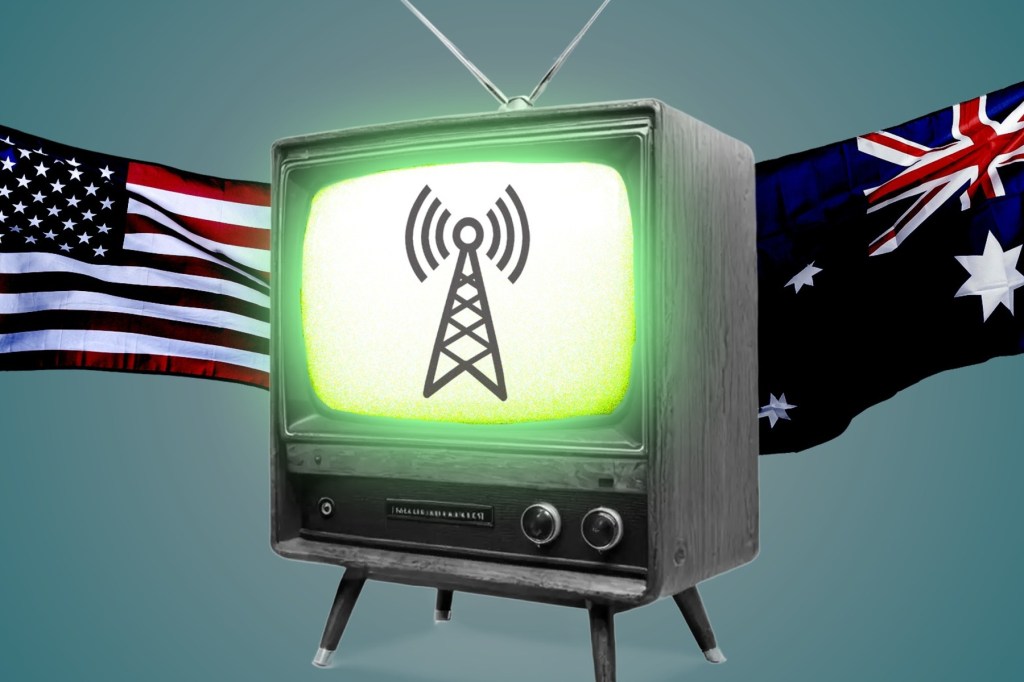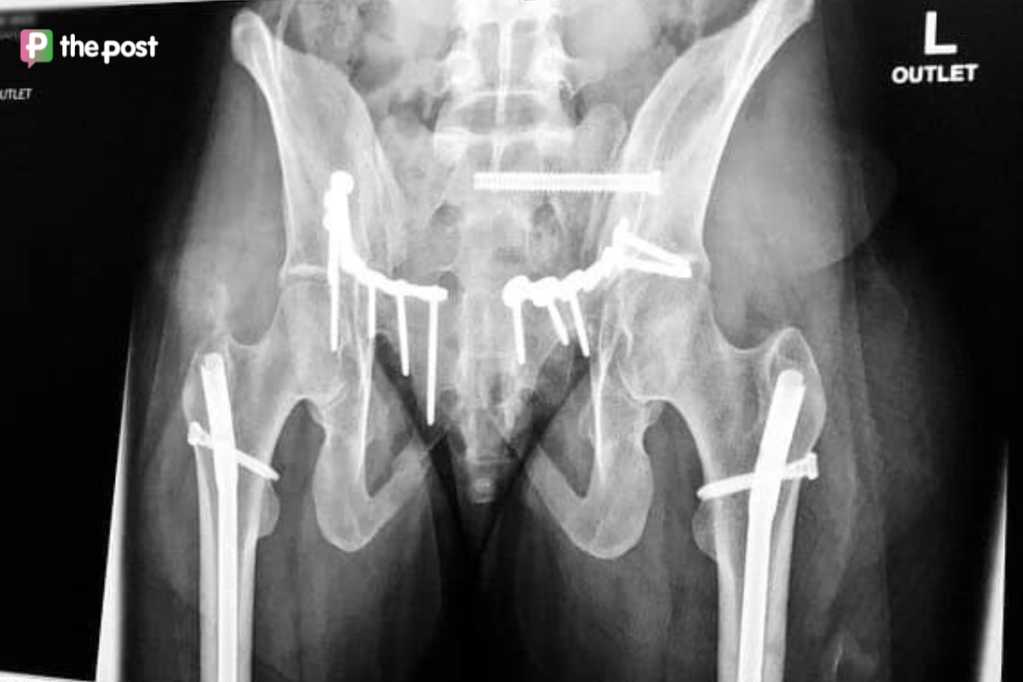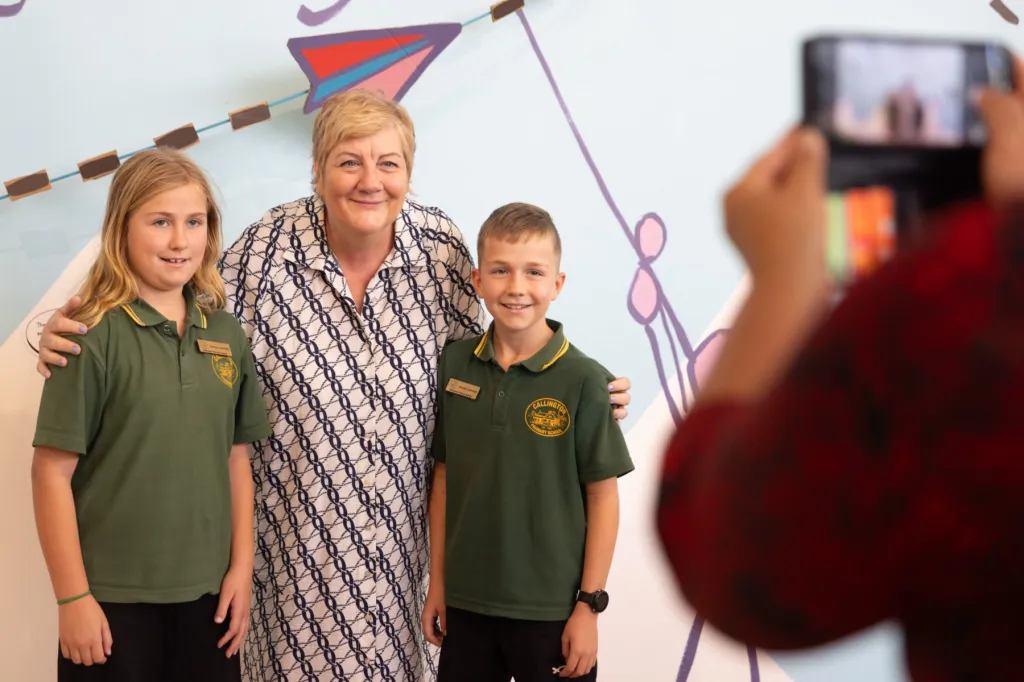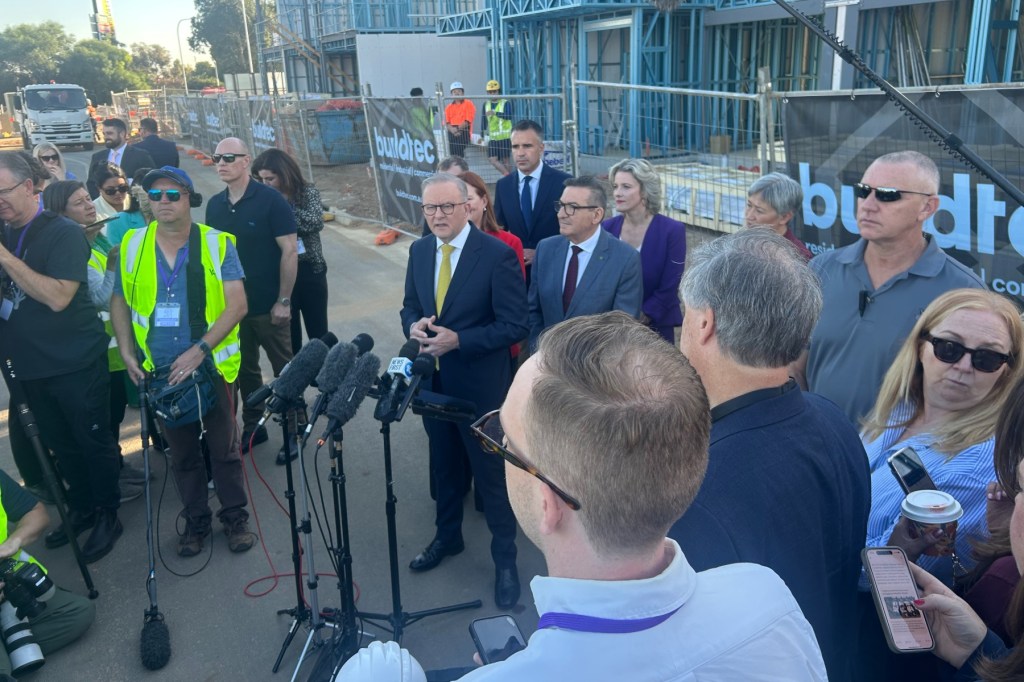A news levy on big tech could save Australian journalism
Media power in the digital economy is in even fewer hands than before the internet, writes Terry Flew. It wasn’t meant to be this way.

It was claimed that the internet would overcome the domination of traditional media by a few players as it was easy for new providers to use an existing network to create content for global audiences.
A recent study of media concentration in Australia finds this has not been the case.
The Global Media and internet Concentration Project (GMICP) Report found the majority of Australia’s media, internet and communication markets are moderately to highly concentrated.
Australia’s media is among the most concentrated in the world, second only to Brazil of nine countries studied.
The report also found the digital sectors to be even more concentrated than traditional media, and Google (Alphabet) and Meta were overtaking the traditional media giants.
Communications power in fewer hands
The Global Media and Internet Concentration Project is a 40-country study of trends in market concentration and the economic dominance of key players in 15 markets across telecommunications and internet access, online media and traditional media services, and core internet applications.
It aims not only to develop standardised methods for evaluating media concentration trends, but also to address the question of whether the rise of the internet and digital media services is strengthening or weakening traditional patterns of media dominance.
Telstra stands out as Australia’s largest player and is the market leader in multiple telecommunications and internet access segments. It was until recently the largest player in the fixed broadband (wireline) market but has been surpassed by NBN Co. Overall, six companies account for 88 percent of the telco and internet access market.
Concentration levels have increased slightly in broadcast television where the share of the top four companies has grown from 79 percent in 2019 to 87 percent in 2022, and in newspapers, where the top four has grown from 78 percent in 2019 to 84 percent in 2022.
The most marked shift has been in radio, where the top four companies share has grown from 57 percent in 2019 to 77 percent in 2022.
You might like
The online area of significant growth and change has been in online video (streaming) services. This sector is now worth $3.5 billion, with the dominant players being Netflix (27 percent of revenues), News Corp’s Foxtel/Binge/Kayo (22 percent), Amazon Prime (14 percent), Disney+ (13 percent) and Nine Entertainment’s Stan (11 percent).
The rise of digital platform dominance
A striking feature of the Australian digital landscape is the overwhelming concentration of core digital economy sectors.
Microsoft and Apple account for more than 90 percent of the desktop operating system market, while Apple and Alphabet account for almost 100 percent of mobile operating systems, and Google accounts for more than 9 in 10 online searches.
Across the core internet sectors – operating, search and browser systems for desktop and mobile – the top four companies ratio is 98 percent which speaks to the overwhelming dominance of Alphabet, Apple and Microsoft. In contrast, the top four companies for traditional media industries is 82 percent.
The industry where the business priorities of the traditional media and the digital platforms clash is internet advertising.
Internet advertising has grown rapidly in Australia since the 2010s, and has risen from $10.6 billion in 2020 to $14.7 billion in 2022.
While data can be difficult to access and compile, it shows that around 70 in every hundred dollars spent on internet advertising consistently goes to Alphabet and Meta.
Other significant players include the job site Seek, Car Group, the News Corp-owned realestate.com.au, and the Nine Entertainment-owned Domain real estate site.
Across all sectors, Telstra is the largest Australian telecommunication, internet and media company, but Alphabet is the second largest.
News Corp is the fifth largest media company, and Nine Entertainment is the seventh largest, but Meta is the eighth biggest company in the sector. Meta generates more Australian revenue than Seven West Media, Netflix, the ABC or Paramount (which owns Network 10).
Time for a Public Interest Journalism levy?
The Australian Competition and Consumer Commission first proposed a News Media Bargaining Code in 2019, and was brought into legislation by the Morrison Government in 2021.
Stay informed, daily
Since then, it is estimated to have involved a transfer of about $200 million a year from Alphabet and Meta to Australian news publishers, with more than 30 commercial agreements being struck with the two companies.
However, Meta declared in 2024 that it was not prepared to strike new agreements arguing that news is not core to its Facebook and Instagram products, accounting for about 3 percent of overall content.
The Albanese Government has taken this as a direct threat to both its media policy and to the sovereignty of Australian governments in dealing with global platform companies.
Assistant Treasurer Stephen Jones sought a review of the code to identify whether the government had the power to “designate” platforms (i.e. require them to make payments to news companies), and the future of the code featured prominently in the recent Parliamentary Joint Select Committee inquiry into Social Media and Australian Society.
The underlying reasons for government involvement in the relationship between digital platforms and news publishers remain valid. They include power imbalances between the two entities, the impact on digital advertising, the general absence of obligations on platform companies to contribute to the Australian media ecosystem, and the continuing importance of social media as a news source.
At the same time, valid criticisms remain.
These include the lack of transparency about how such funds have been used, the inability of smaller news publishers to negotiate deals and the question of whether the platforms do in fact benefit from news traffic directed to their sites.
It is also the case that no one has an obligation to “save” media companies such as News Corp, Seven West Media and Nine Entertainment.
The question of who pays for news in the absence of a code, and the declining advertising revenues of the major news media organisations, remains mostly unanswered.
The News Media Assistance Program (News MAP) was initiated by the Federal Government in late 2023 to consider options for government support, and we still await its final report.
One solution is a Public Interest Journalism Levy, to be placed on internet advertising revenues.
This would have an impact akin to the code, as 70 percent of such revenues are earned by Alphabet and Meta, without requiring demonstrated benefit from carrying news content. It could also be extended to other platforms such as TikTok, Snapchat and Reddit.
In light of their role in real estate advertising, it would also be levied on News Corp and Nine Entertainment, through their realestate.com.au and Domain subsidiaries.
Such a levy would not be a tax, which is at odds with the Australia-US Free Trade Agreement signed in 2005. It could, however, generate revenues similar to or perhaps higher than the current code at a rate of about 2 percent on all transactions.
There would also be greater transparency around such funds, to ensure they are used to employ journalists, support public interest journalism, address the needs of underserved communities and could be steered away from unethical practices.
Many countries are grappling with how to meet revenue shortfalls in news media industries, and the sustainability of public interest journalism.
The digital ecosystem has brought many benefits to consumers, but it has not increased competition in media industries. It has created a subset of global platform giants that dominate digital media markets.
The question of how best to channel the revenues arising from such market dominance into growing local media industries and employment is a vital one, as is preserving the role played by news media in strengthening liberal democracies.
Professor Terry Flew is an Australian Research Council (ARC) Laureate Fellow and Professor of Digital Communication and Culture at the University of Sydney. He has published 15 books on media and digital industries, and was President of the International Communications Association (ICA) from 2019 to 2020. He is a Fellow of the Australian Academy of the Humanities (FAHA). His ARC Laureate Fellowship is a five-year study of Mediated Trust: Ideas, Interests, Institutions, Futures.
Originally published under Creative Commons by 360info™.








